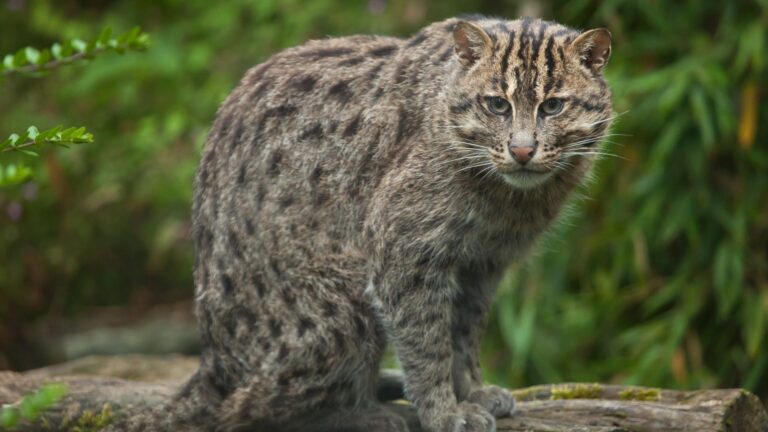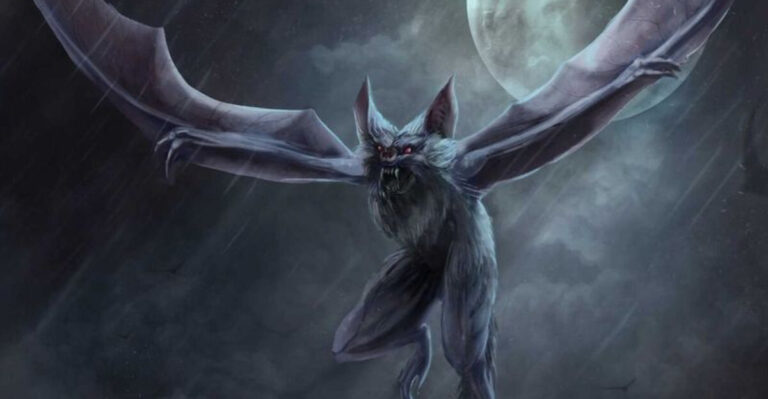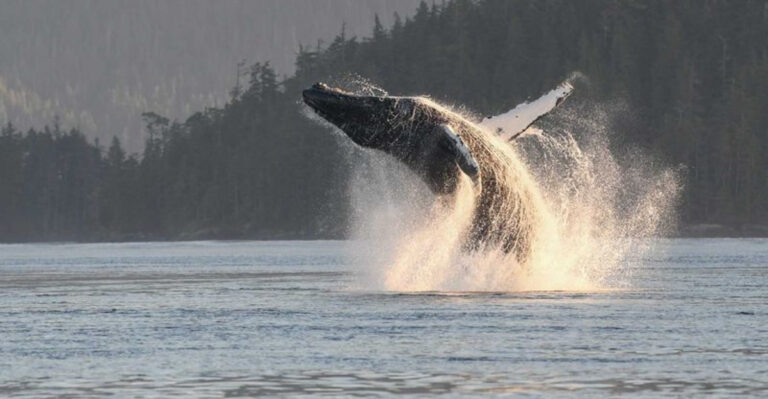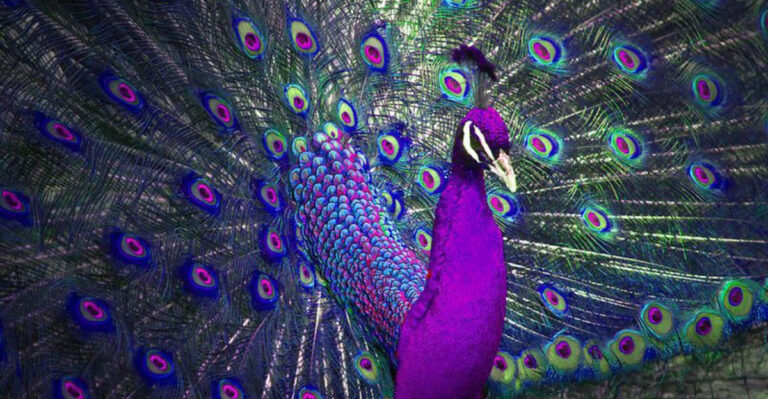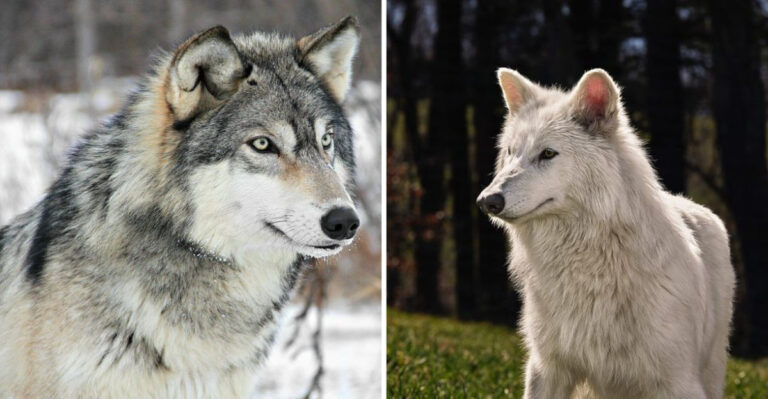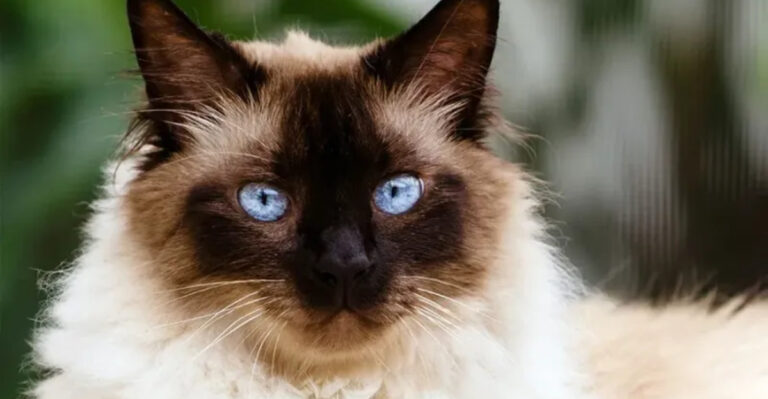11 Facts About Australia’s Ancient And Legendary Megafauna
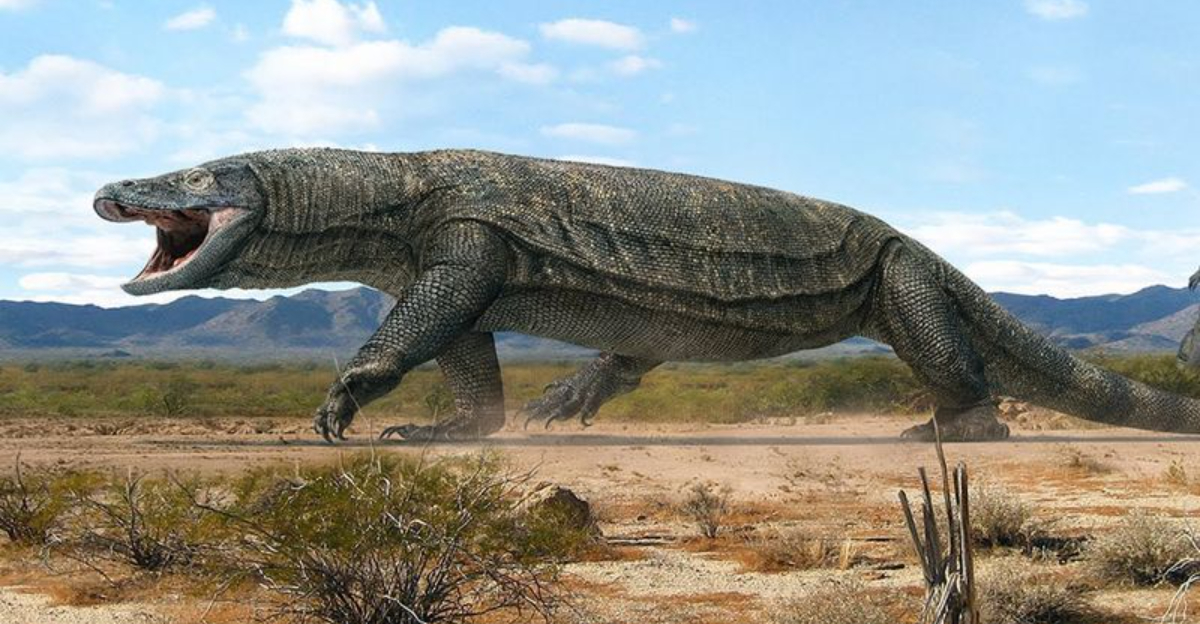
Australia was once home to an array of gigantic creatures, known as megafauna, that roamed the continent thousands of years ago.
These fascinating animals evolved to enormous sizes and had unique adaptations that intrigue scientists and enthusiasts alike. Through exploring their characteristics, habits, and habitats, we gain insights into the prehistoric world and what led to their eventual extinction.
In this post, we’ll delve into 11 captivating facts about these legendary creatures, each with their own story of survival and mystery in the vast Australian landscape.
1. Diprotodon
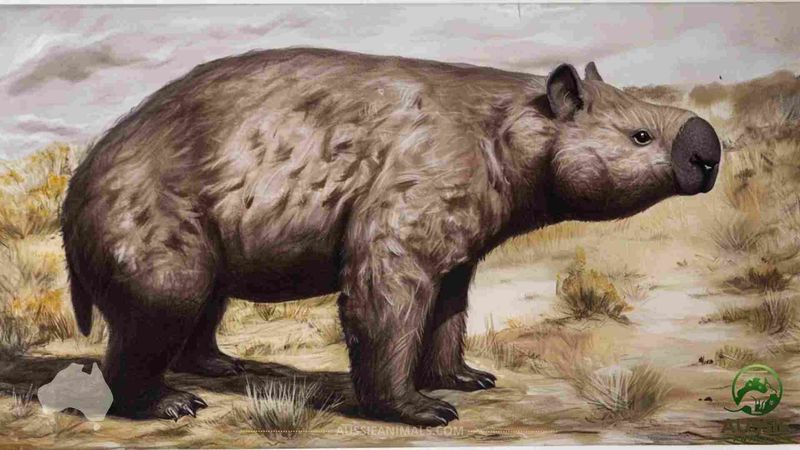
Diprotodon, the largest marsupial that ever lived, resembled an enormous wombat and weighed about 2,800 kilograms.
It roamed the open woodlands of Australia during the Pleistocene epoch. Despite its size, Diprotodon was a gentle herbivore that fed on leaves, shrubs, and grasses.
These creatures moved in herds, much like modern-day elephants, which offered protection against predators. Fossil evidence suggests they migrated over vast distances, following seasonal food supplies.
Although they disappeared around 25,000 years ago, their bones tell the story of an animal that once ruled the Australian plains.
2. Thylacoleo
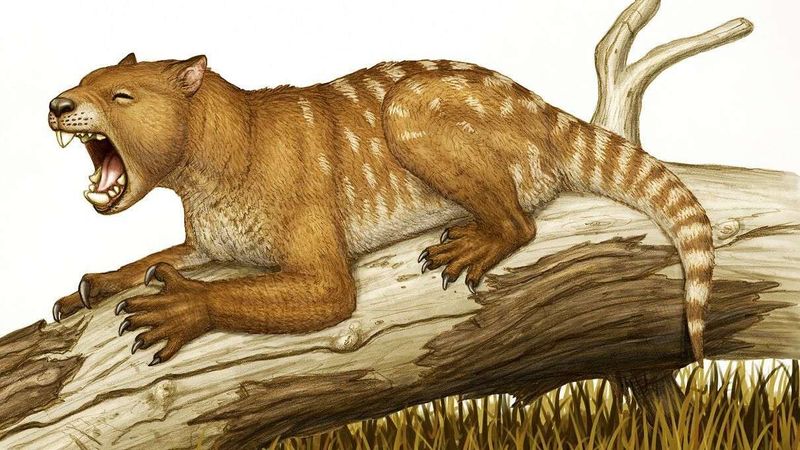
Thylacoleo, often dubbed the “marsupial lion,” wasn’t a true lion but a carnivorous marsupial.
This formidable hunter had powerful jaws and sharp claws, perfectly adapted to take down prey. Weighing up to 160 kilograms, it was a top predator in its environment.
Thylacoleo’s retractable claws were similar to those of modern cats, allowing it to climb trees and ambush from above.
Fossil evidence suggests it had a powerful bite, one of the strongest of any mammal. Its enigmatic presence continues to intrigue scientists who study its role in the vanished ecosystems of ancient Australia.
3. Procoptodon
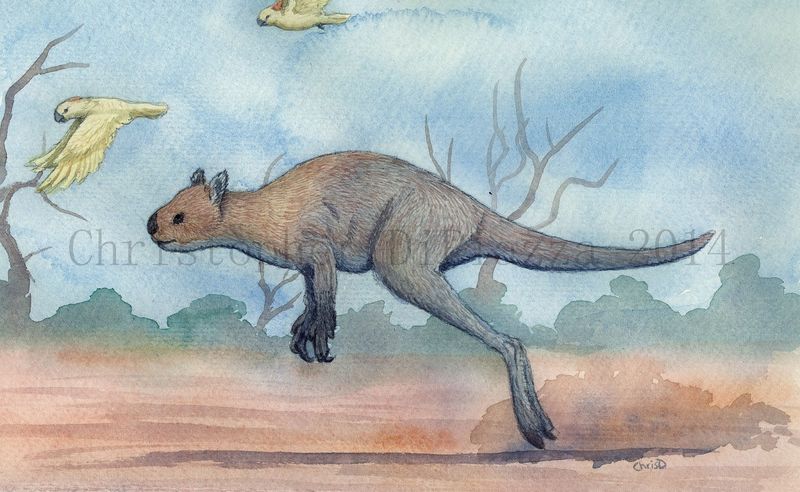
Procoptodon, the towering short-faced kangaroo, stood over 2 meters tall and weighed more than 200 kilograms.
Unlike today’s kangaroos, it had a flat face and forward-facing eyes, which likely improved its depth perception.
This grass-eating giant moved in groups across open plains, seeking out grasslands and shrubs. Its powerful hind legs and unique gait allowed it to cover large distances efficiently.
As the climate changed, their food sources dwindled, leading to their extinction. However, they remain a symbol of Australia’s rich and diverse prehistoric wildlife.
4. Megalania
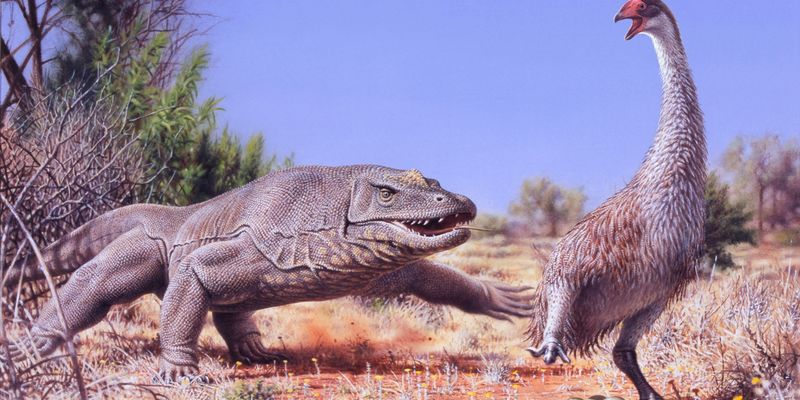
Megalania was a giant monitor lizard that prowled the Australian terrain, dwarfing its modern relatives.
Measuring up to 7 meters in length, it was an apex predator of its time. With powerful limbs and sharp teeth, Megalania hunted large mammals and reptiles.
Its fearsome presence contributed to its legendary status, and it likely played a role in shaping the ecosystem dynamics.
Although extinct, Megalania remains a captivating subject for paleontologists and reptile enthusiasts.
Its legacy continues through the Komodo dragon, its closest living relative, which shares some of its intriguing hunting strategies.
5. Genyornis
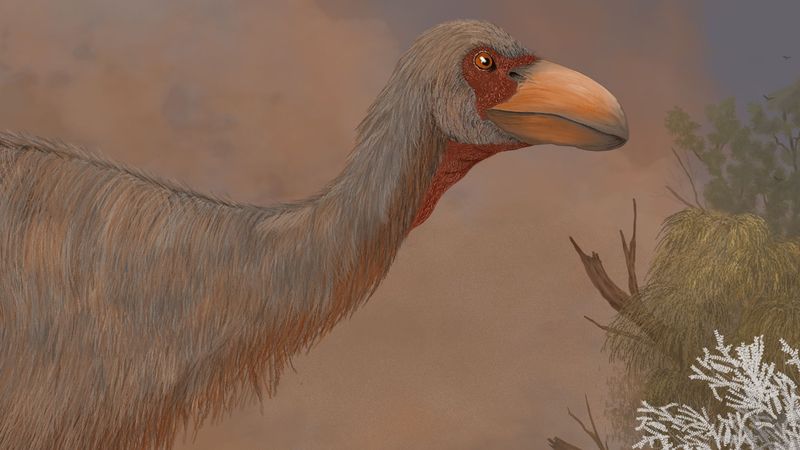
Genyornis was a giant flightless bird that once roamed the Australian continent.
Standing over 2 meters tall, it resembled an oversized emu and weighed up to 240 kilograms. Its strong legs were perfect for long-distance walking.
These birds roamed in flocks, grazing on vegetation, and their large size protected them from smaller predators. However, changes in climate and human activities likely led to their decline.
Today, Genyornis is an icon of Australia’s lost megafauna, representing the dramatic shifts in ecosystems over millennia.
6. Palorchestes
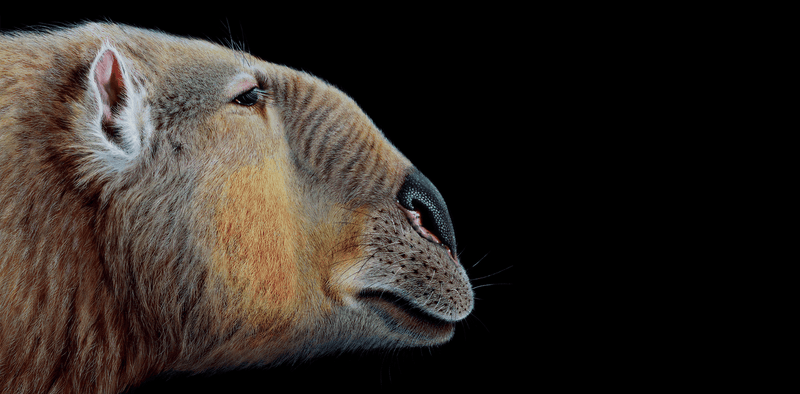
Palorchestes looked like a creature from a different world with its tapir-like snout and massive limbs. This amazing marsupial weighed about 1,000 kilograms and browsed on leaves and twigs in the forests.
Its unique anatomy suggests it used its strong forelimbs to pull down branches, making feeding easier. Fossil finds show it lived in diverse habitats, from forests to open woodlands.
Although it disappeared about 30,000 years ago, Palorchestes remains a subject of fascination, providing insights into the adaptability and diversity of Australian megafauna.
7. Zygomaturus
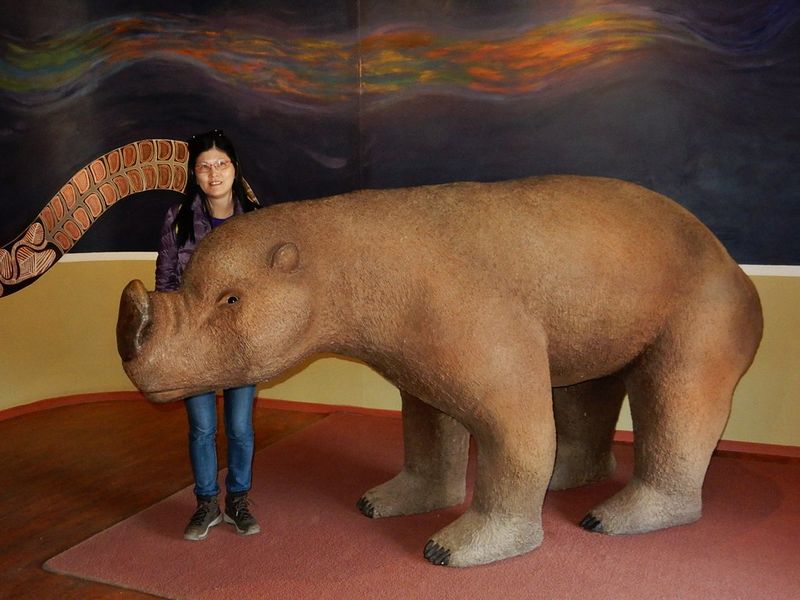
Zygomaturus was a bulky marsupial resembling a pygmy hippo, thriving in Australia’s ancient wetlands. Weighing over 500 kilograms, this creature fed on aquatic plants and grasses.
Its strong limbs helped it navigate swampy environments, and its large body provided protection against predators.
Fossil evidence indicates it lived in small herds, enhancing its survival through social behavior.
Although extinct for thousands of years, the story of Zygomaturus highlights the richness of ecosystems that once flourished in prehistoric Australia.
8. Wonambi
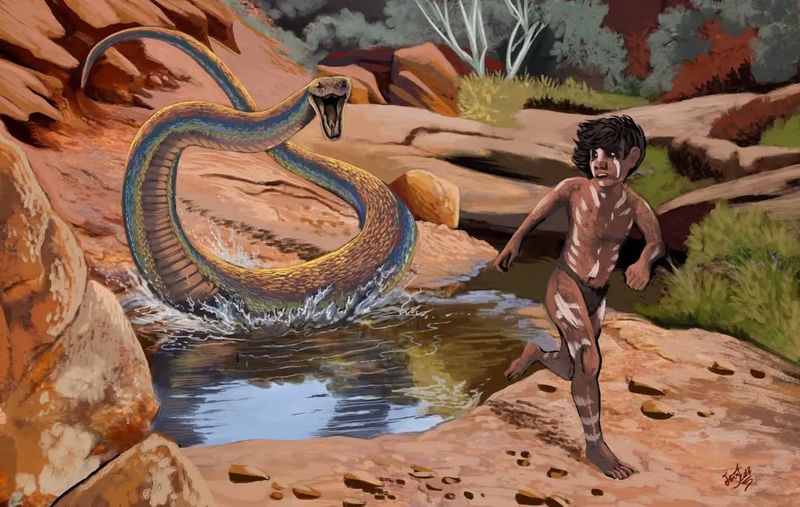
Wonambi, a colossal snake, once slithered through Australia’s woodlands and waterways. With a length reaching up to 6 meters, it was a formidable predator, similar in size to today’s giant pythons.
Unlike modern snakes, Wonambi lacked venom, relying on its strength to constrict prey. It ambushed unsuspecting animals coming to drink, showcasing remarkable hunting prowess.
Its extinction coincided with the disappearance of many large prey species, marking the end of an era for giant reptiles in Australia.
Yet, its existence adds a thrilling chapter to the story of Australia’s prehistoric fauna.
9. Quinkana
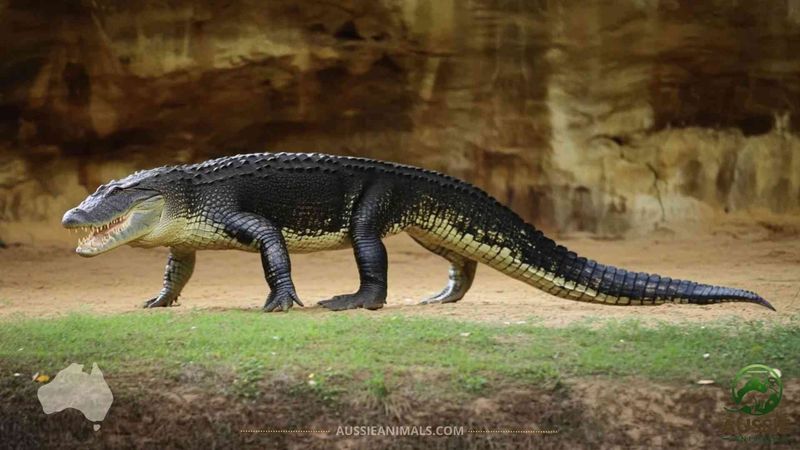
Quinkana was a land-dwelling crocodile, distinct from the water-loving crocs of today. With legs built for running, it chased prey across ancient savannas, a terror on four legs.
Measuring up to 6 meters in length, Quinkana had sharp teeth designed to slice through flesh. Its unique adaptations allowed it to thrive in Australia’s diverse habitats, hunting mammals and reptiles with agility.
As the climate shifted, the disappearance of suitable prey spelled its end. Even so, Quinkana’s legacy lives on as a reminder of the incredible diversity of Australia’s ancient predators.
10. Thylacine
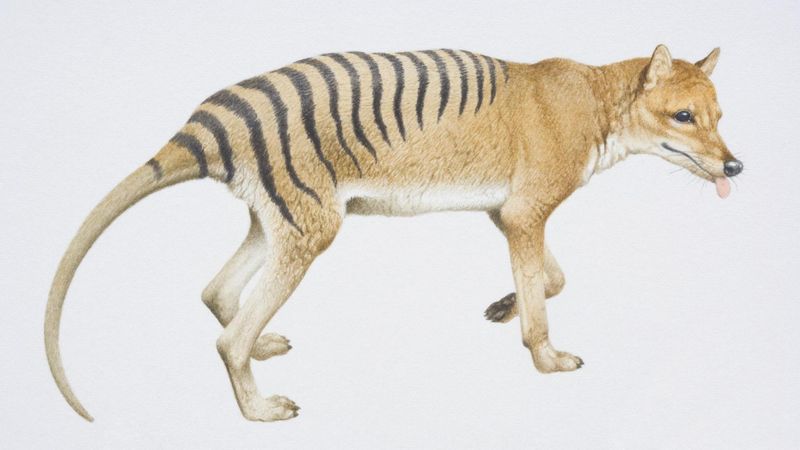
The Thylacine, or “Tasmanian Tiger,” was a unique marsupial predator. With a dog-like appearance and distinct stripes, it once inhabited forests and grasslands.
Although not as large as other megafauna, it was a skilled hunter. Thylacines hunted in packs, using teamwork to capture prey.
Their decline began before European settlement, likely due to competition with humans and dingoes. Though officially declared extinct in the 20th century, sporadic sightings fuel hopes of its survival.
The Thylacine remains an iconic symbol of Australia’s lost natural heritage, inspiring conservation efforts worldwide.
11. Diprotodontidae
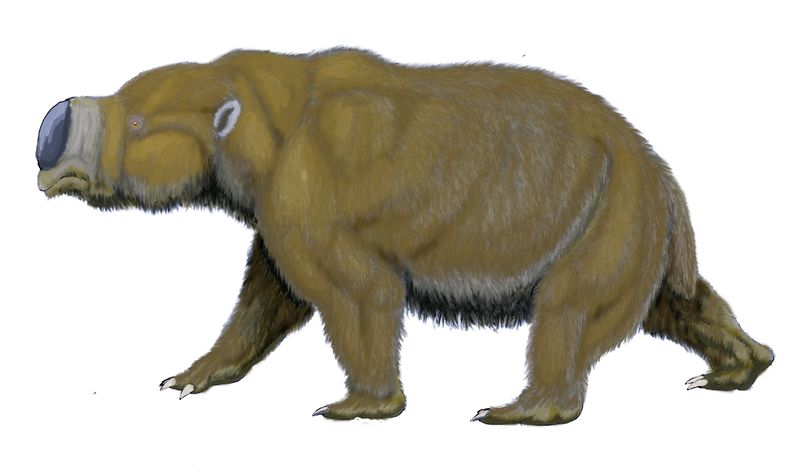
Diprotodontidae, the family that included Diprotodon, featured various large marsupials that dominated ancient Australia. These creatures were herbivores, feeding on the lush vegetation of the time.
Living in herds, they played a crucial role in the ecosystem by influencing plant growth and providing prey for large predators. The changing climate and human activities likely led to their extinction.
Despite this, their evolutionary success and adaptation to diverse environments remain a testament to the resilience of Australia’s megafauna, offering valuable lessons for modern conservation.

